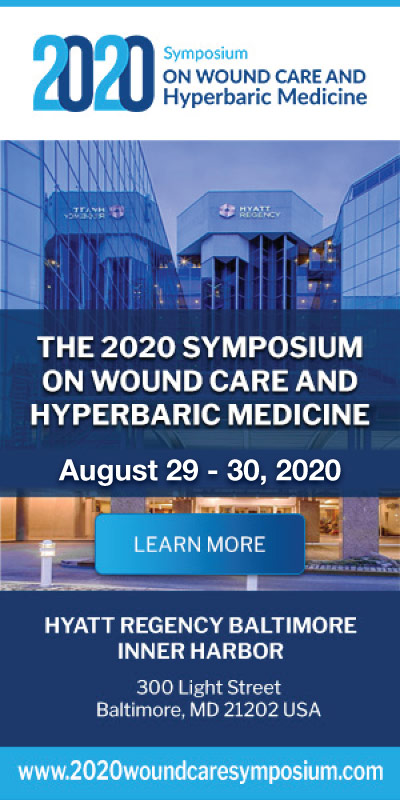April 2021
Wound healing takes time, even in otherwise healthy people. For people with poor circulation, severe head trauma, or heart problems, healing can take even longer. The reason? The circulation of oxygen-rich blood throughout the body is key to healing throughout the body. If major organs are suffering, it can inhibit natural healing via circulation.
That’s where hyperbaric oxygen therapy, like the kind offered at MVS Wound Care, can help.
About Hyperbaric Oxygen Therapy
Hyperbaric oxygen therapy (sometimes called HBOT) is a type of therapy that speeds up the healing process in the body using pure oxygen inhalation and a pressurized atmosphere. During therapy sessions, patients sit in a hyperbaric oxygen chamber and inhale 100% oxygen for a set period. Depending on the severity of their medical issue, specialists will prescribe a certain number of visits and a particular length within the chamber, such as two hours per day in the chamber for ten days.
Hyperbaric Oxygen Therapy For Wound Healing
Hyperbaric oxygen therapy has several common uses in the wound care setting. It is most commonly used for:
- Diabetic Ulcers Of The Foot
- Bed Sores
- Infections (especially bone infections)
- Burns
- Radiation-related injuries
- Skin grafts
During your hyperbaric oxygen therapy session, you will be accompanied to the chamber by your doctor or a physical therapist. They will help you into the chamber and then will close you in. Hyperbaric oxygen chambers place you under 2.5x the normal pressure outside the chamber. Like being in high altitudes (for example, on an airplane), you may feel your ears pop.
Otherwise, hyperbaric oxygen therapy is low-intensity. Many patients read, watch television, or listen to music during therapy.
How Long Do The Effects Of Hyperbaric Oxygen Therapy Last?
Any side-effects or mild symptoms of being in the chamber do not last for long. Typically, you can expect any discomfort due to hyperbaric oxygen therapy to dissipate within 12 hours or less.
Rarely, patients may have more complicated side-effects. These may include:
- Decompression sickness
- Low blood pressure
- Nosebleeds or other pressure injuries to the nose
- Temporary nearsightedness
- Low blood pressure
Extremely rarely, some cases of HBOT treatment have resulted in seizures. If your doctor believes you are at risk of having a seizure, they will discuss this potential with you beforehand.
How Will I Feel After Hyperbaric Treatment?
Hyperbaric oxygen therapy treatment is a high-impact, low-risk way to address more severe wound healing issues, such as diabetic ulcers of the foot and traumatic brain injury. Typically, patients do not feel much discomfort during or after the treatment. However, patients will sometimes feel fatigued or lightheaded for a few hours after treatment. Rest assured that these are expected results of the treatment and should not be cause for worry.
Overall, hyperbaric oxygen therapy is an effective and low-risk way to address wound healing, especially in severe wound injury cases.
If you or a loved one has suffered from a traumatic brain injury, diabetic wound, or other hard-to-treat wounds, hyperbaric oxygen therapy might be a good option for you. Reach out to MVS Wound Care to learn more about how HBOT can help you.




Sorry, the comment form is closed at this time.